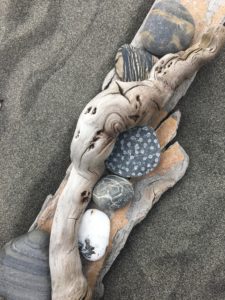We launched the 14th environmental art installation at OISE in February, and it signals a new approach.ô We havenãt been in our building at OISE for over a year, and we havenãt even been able to install last yearãs installation yet.ô So we thought weãd experiment with a digital installation this year, as everything else has moved online.ô A group of OISE grad students met with me online in the fall to brainstorm ideas for this yearãs project, which had to be simple enough in tools and technique that anyone could contribute an image to this collaborative, community-based artwork. We also felt it had to recognize the pandemic in some way, as this will be an era that will impact our lives for decades to come.ô I think we came up with a creative solution, entitled “Keywords for a Just Recovery.ã The installation was introduced via a webinar, highlighting how the pandemic has brought existing economic, social, and racial injustices to the fore, and how returning to ãnormalã was not an option. We explored the work of artists who have focused on notions of a ãjust recoveryã in recent months ã Jhon Cortes, Ricardo Levins Morales, Corrina Keeling, and Mona Caron, to name just a few, as well as examining the work of some artists who have led the way in working towards social and ecojustice justice for decades, like Krzysztof Wodiczko. OISE community members were invited to contribute an image (with a few keywords) that captures what they believe to be central to a ãjust recoveryã. I’ve really enjoyed working with Ashley Sikorski, one of our talented grad students, on this project (the images above are hers). The work is still in process, and with luck, will result in a digital installation later in the spring, and realized in physical form when our building re-opens.
How will you contribute to a ‘just recovery’?
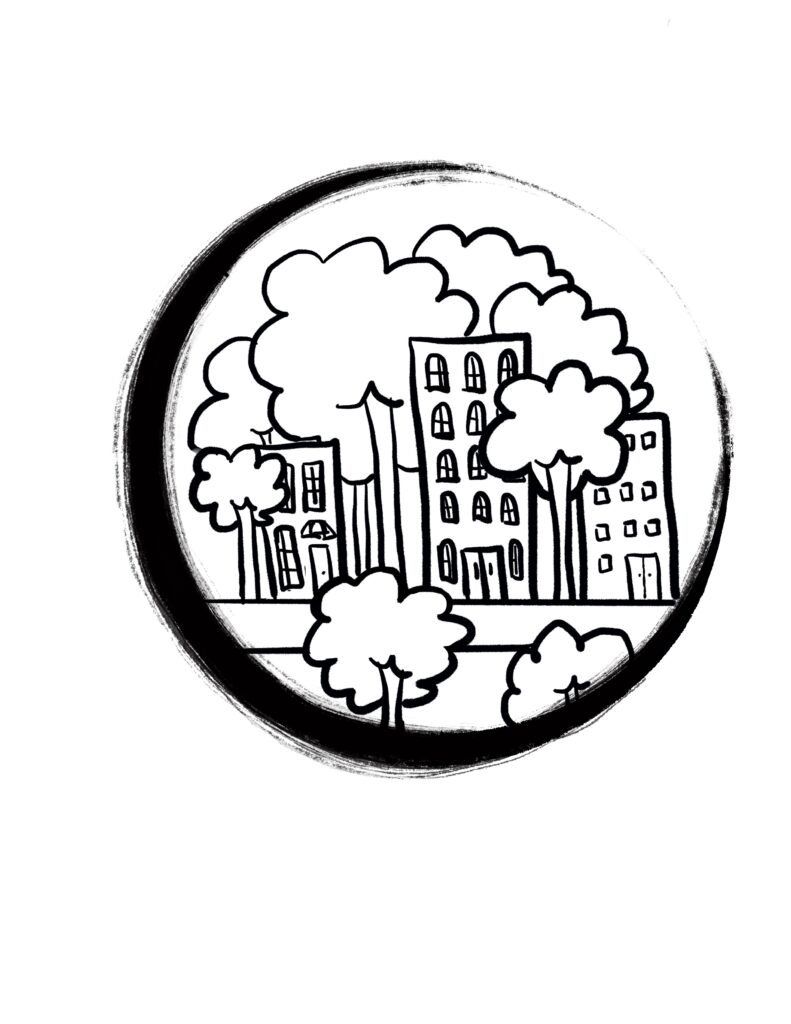
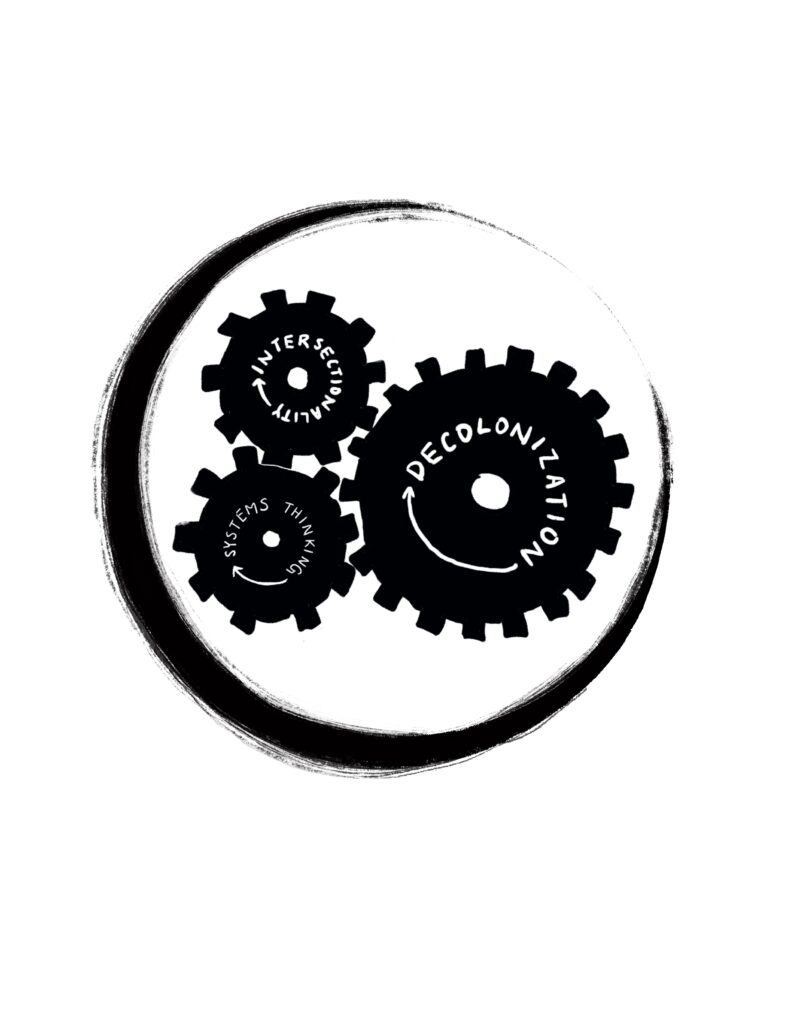

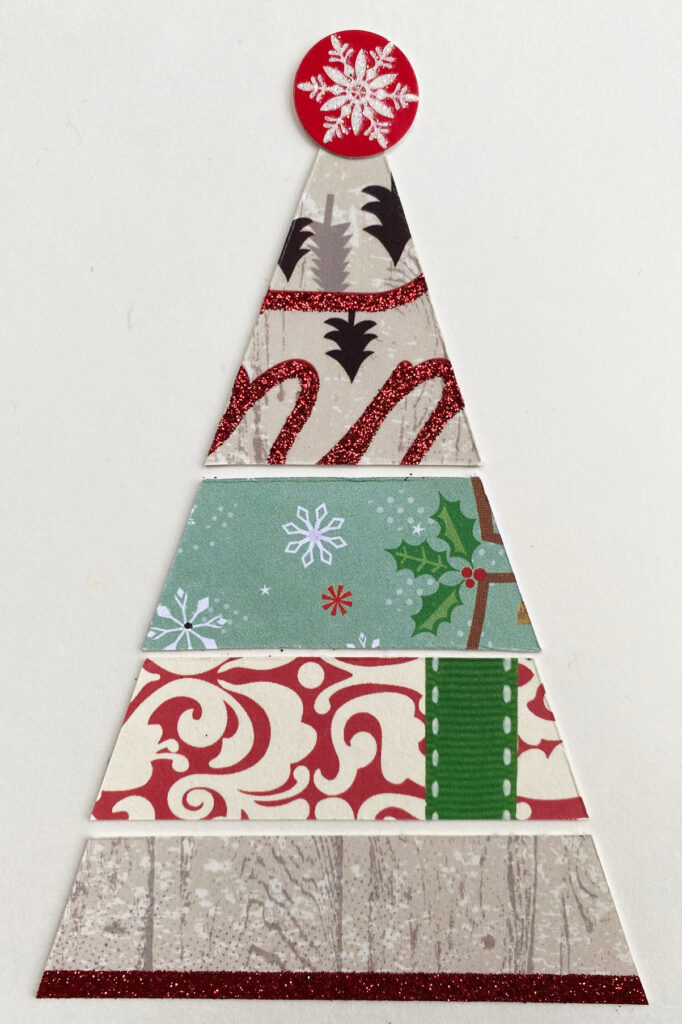
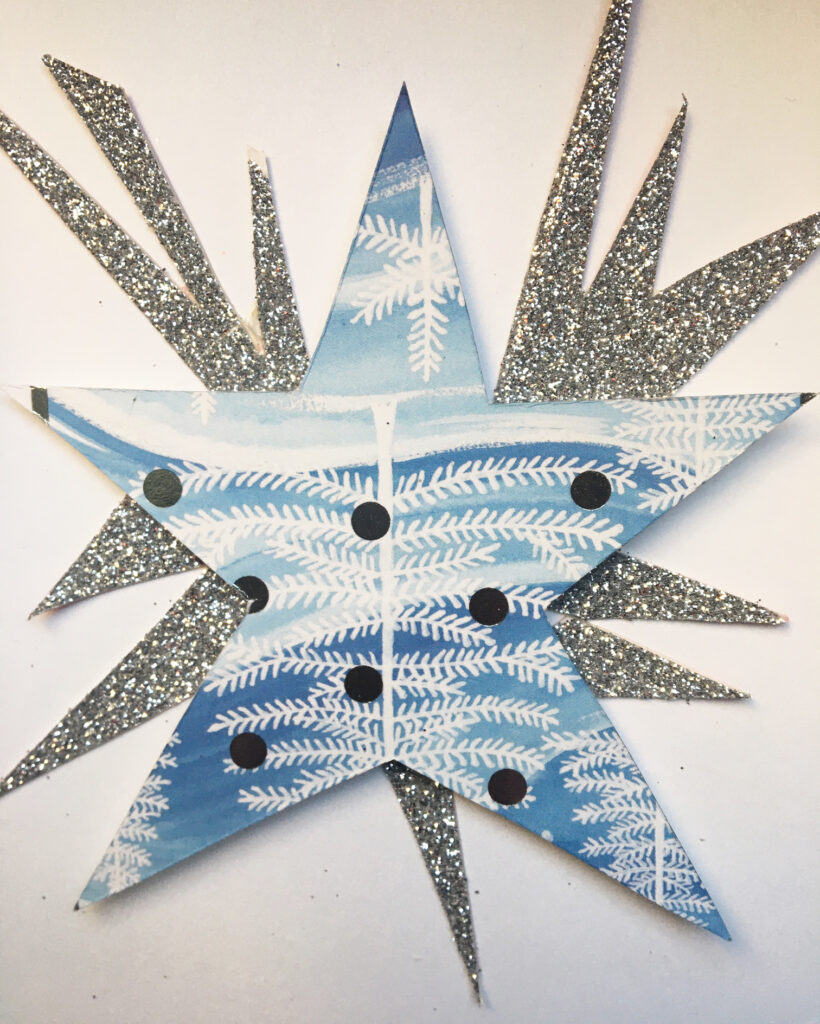
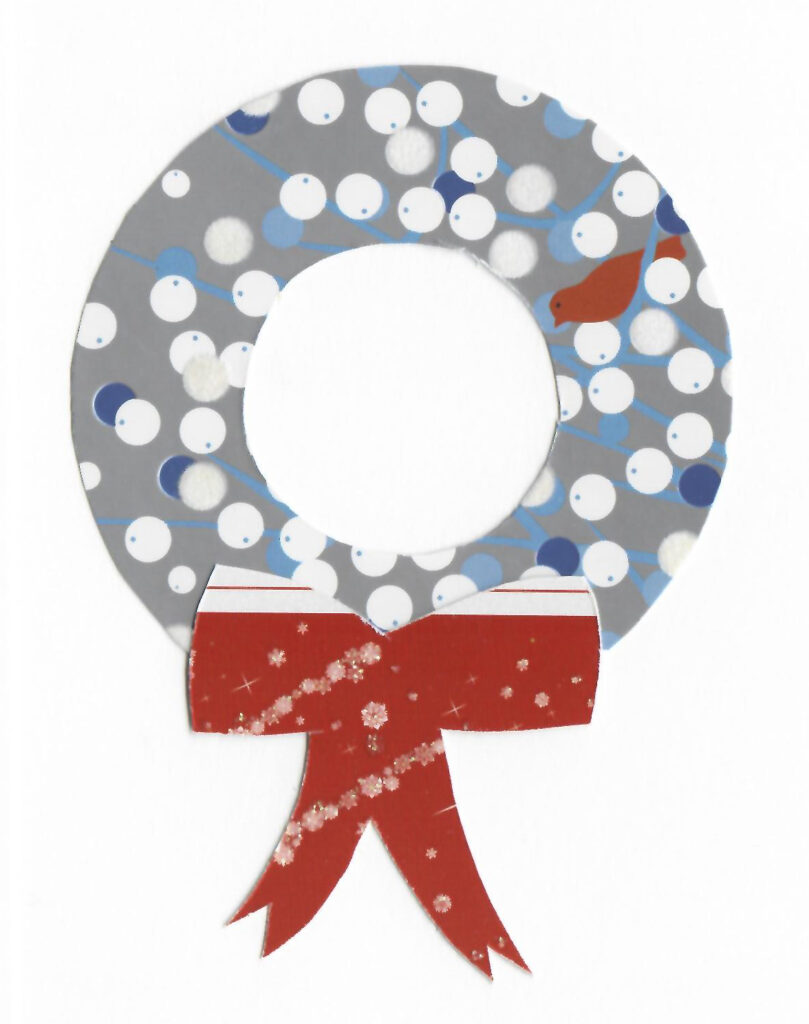
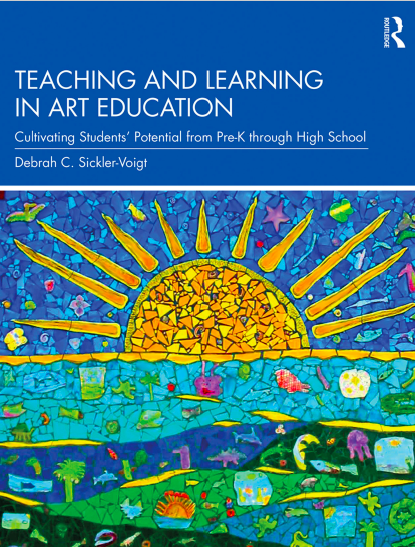

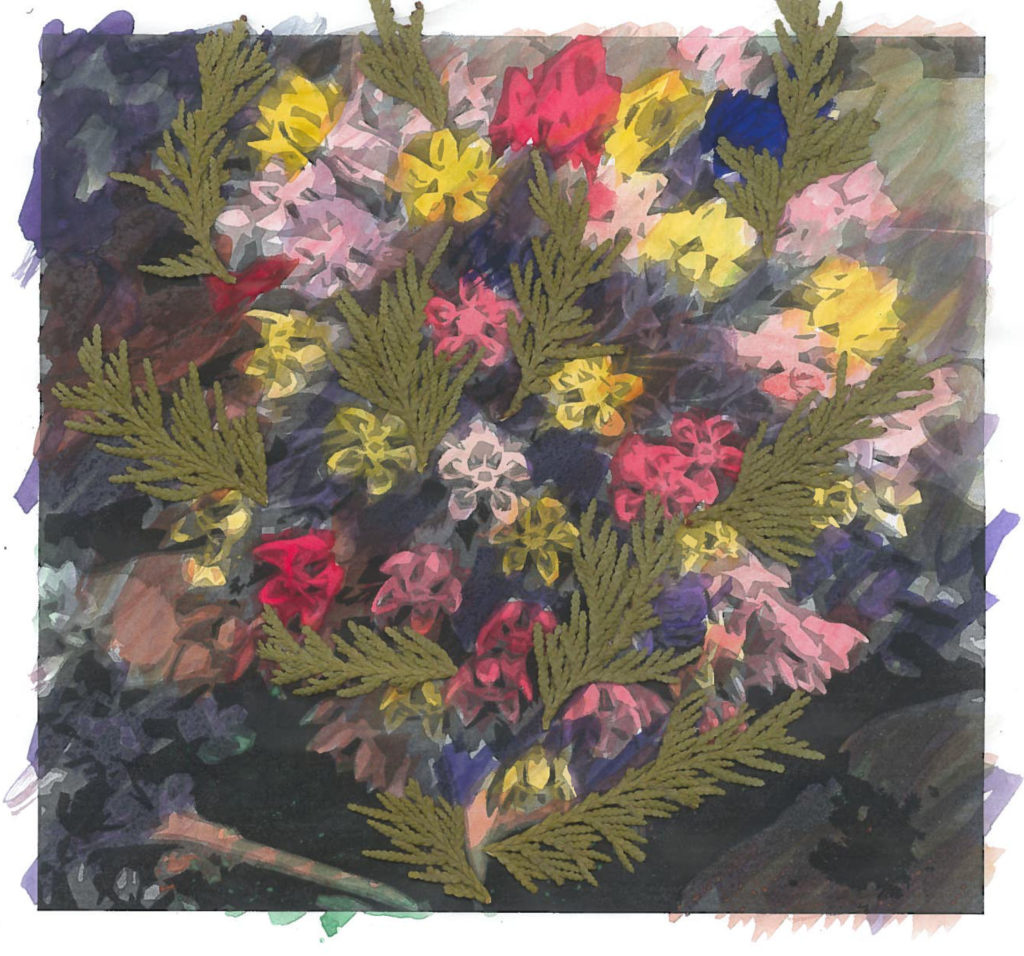

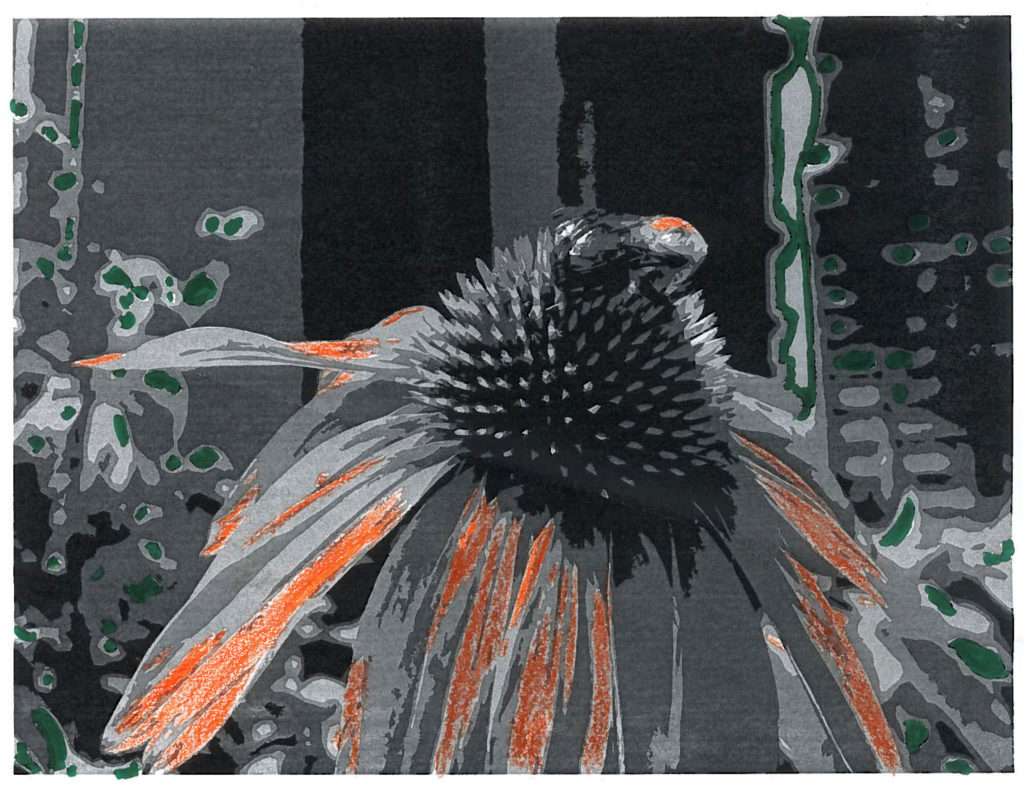

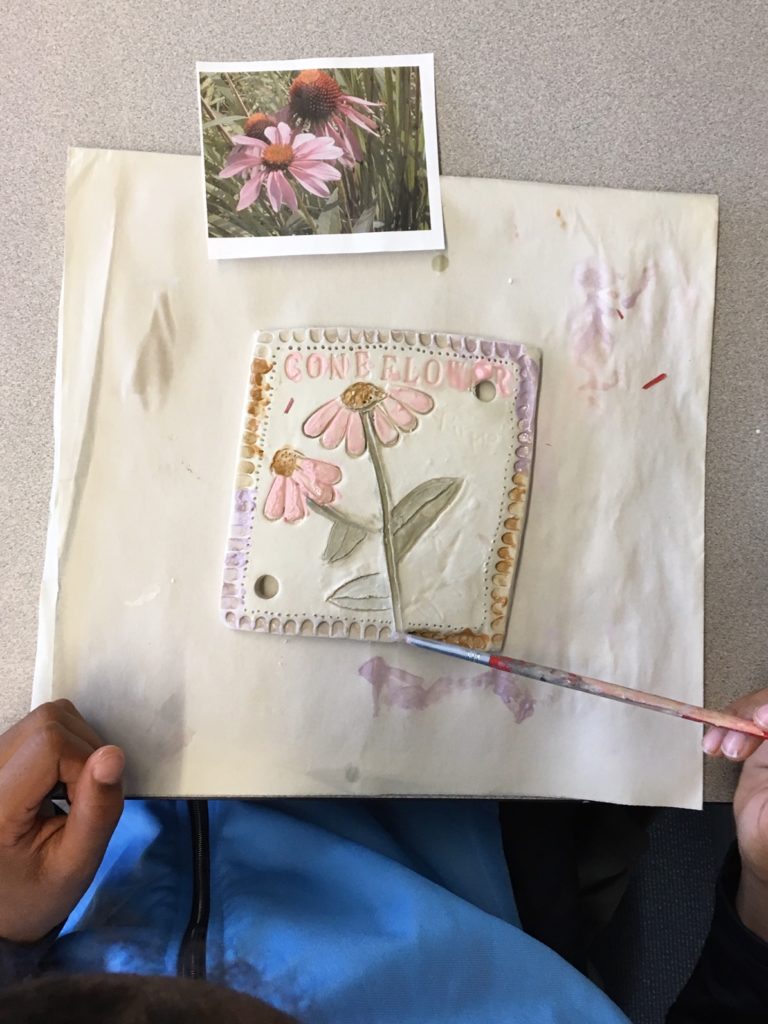
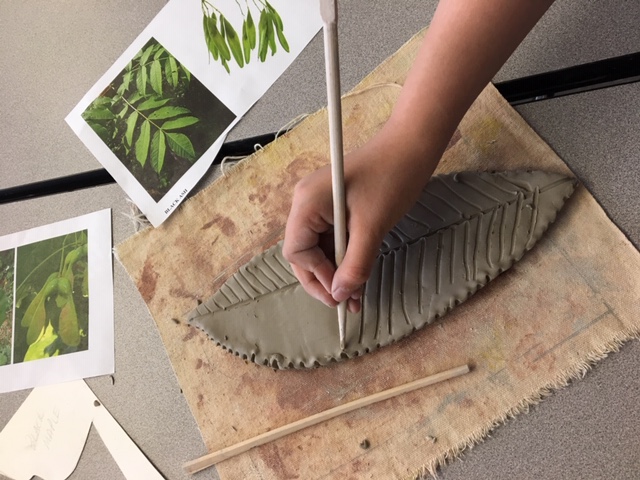
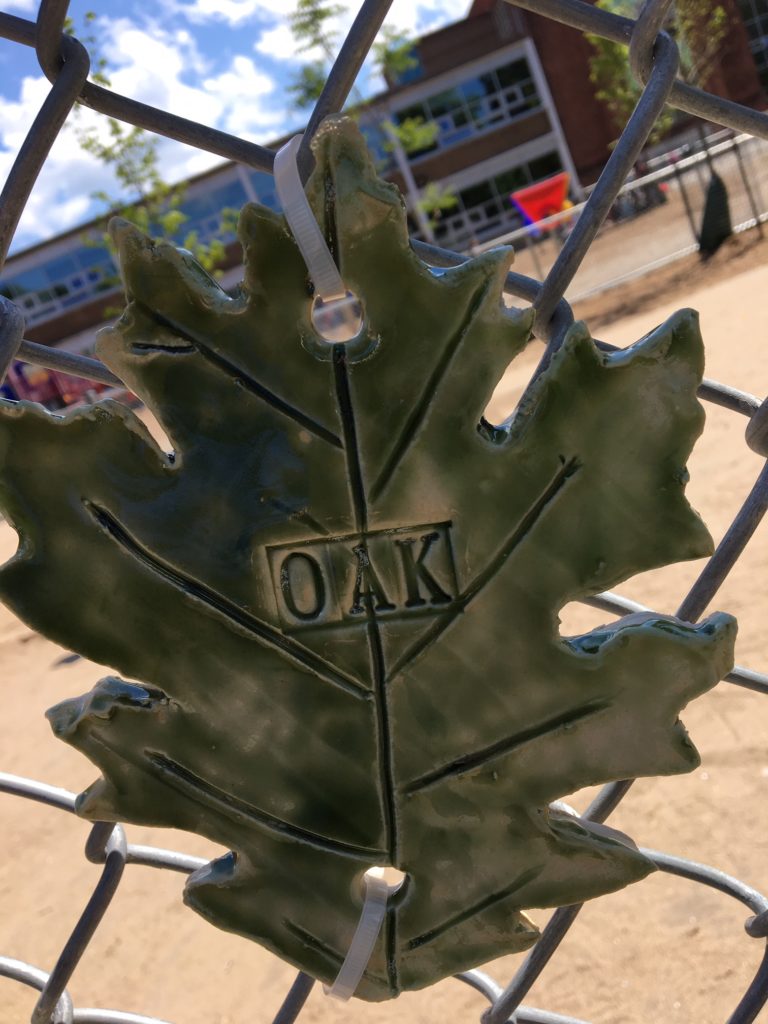
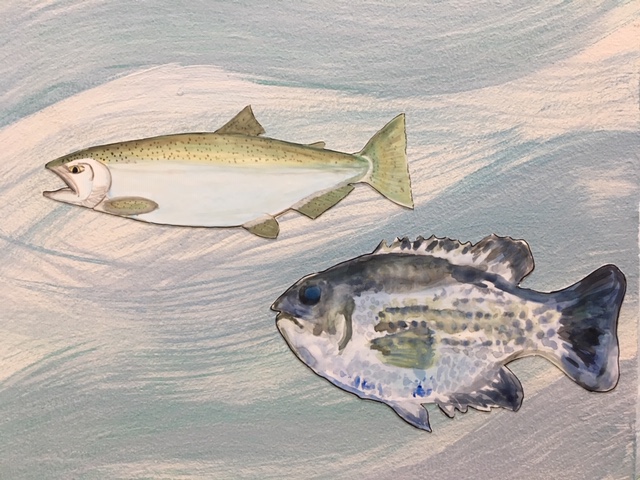

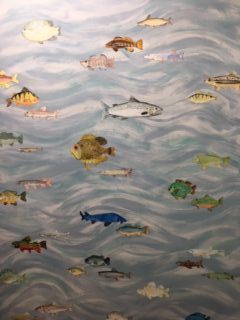
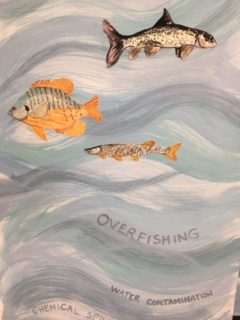
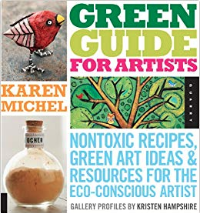
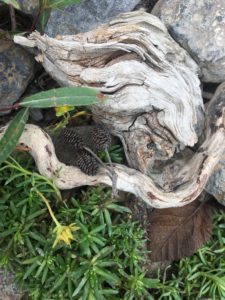 How do you make art in pristine natural environments without leaving any negative impact on the land? ô This was my challenge as I rafted down the Nahanni River this summer. ô Located in NWT in Canadaãs north, this immense river flows through 5 spectacular canyons, moose meadows, sparkling creeks, a river delta, even a sulphur hot springs. ô It lies on the traditional lands of the Dene people, andô inside the Nahanni National Park,ô ô so ensuring as small an ecological footprint as possible when visiting is critical. ô I continued to explore a technique I began using in the Arctic last summer, that of making nature-based collages. Using the incredible beauty of the geology along the river as inspiration, I arranged rocks, wood and plants into compositions that captured the beauty of this area. ô Once photographed, I returned the components to their original settings to reduce any potential interference with the local ecosystem. This was a type of creative shorthand that allowed me to capture the beauty I was experiencing in a low impact way. ô Certainly it exemplifies the saying, ãTake nothing but photos, leave nothing but footprints,ã and serves as an aesthetic record of my experience in this awe-inspiring part of the world.
How do you make art in pristine natural environments without leaving any negative impact on the land? ô This was my challenge as I rafted down the Nahanni River this summer. ô Located in NWT in Canadaãs north, this immense river flows through 5 spectacular canyons, moose meadows, sparkling creeks, a river delta, even a sulphur hot springs. ô It lies on the traditional lands of the Dene people, andô inside the Nahanni National Park,ô ô so ensuring as small an ecological footprint as possible when visiting is critical. ô I continued to explore a technique I began using in the Arctic last summer, that of making nature-based collages. Using the incredible beauty of the geology along the river as inspiration, I arranged rocks, wood and plants into compositions that captured the beauty of this area. ô Once photographed, I returned the components to their original settings to reduce any potential interference with the local ecosystem. This was a type of creative shorthand that allowed me to capture the beauty I was experiencing in a low impact way. ô Certainly it exemplifies the saying, ãTake nothing but photos, leave nothing but footprints,ã and serves as an aesthetic record of my experience in this awe-inspiring part of the world.

